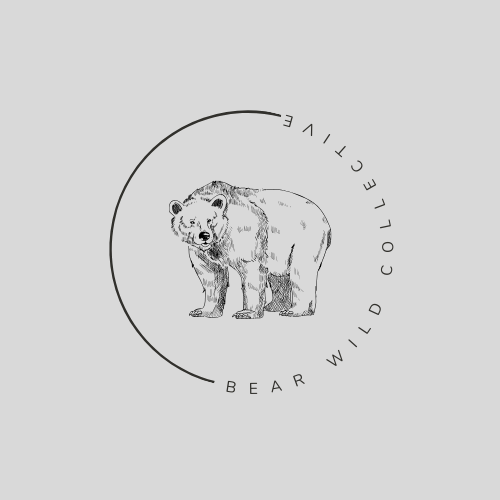Technology is revolutionising the way we study and manage wildlife, opening up innovative possibilities for conservationists and researchers. Tools like drones, GPS tracking, and artificial intelligence are transforming wildlife careers, enhancing efficiency, accuracy, and scale in ways that were unimaginable a decade ago.
Collaborations between universities, wildlife NGOs, governments, and huge tech giants like Microsoft are revolutionising cutting edge approaches to wildlife protection. For more info about the huge range of skills and organisations across the wildlife sector see our Wildlife Career Accelerator and Wildlife Work Directory.

[Credit Sebastien Bourguet]
Drones: Eyes in the Sky
Drones have become an indispensable tool in wildlife conservation. These unmanned aerial vehicles provide a cost-effective, non-invasive method for monitoring animals and habitats. They are used to count elusive species, track herd movements, and even detect illegal activities like poaching or deforestation.
For example, drones equipped with thermal cameras can locate animals hidden in dense foliage or active at night. Conservationists can also use drone footage to create detailed maps of ecosystems, helping manage habitats and assess the impact of environmental changes.
GPS Tracking: Following Wildlife Across Borders
GPS tracking collars and tags are another game-changing technology. By attaching GPS devices to animals, researchers can monitor their movements in real time. This data provides critical insights into migration routes, breeding patterns, and habitat use. Such information is vital for creating protected corridors, understanding human-wildlife conflict zones, and studying the impact of climate change on species behavior. For example, GPS-tracked elephants have revealed migration routes that are now prioritised for protection, and scientists now have previously unattainable data from marine species like turtles and sharks to inform all kinds of conservation interventions. A collaboration between Polar Bears International, university research groups, and Canadian government bodies made a break through in a non-invasive way to track polar bears which will hugely improve conservation and human-polar bear coexistence efforts in the arctic.
Artificial Intelligence: Making Sense of Big Data
AI has brought a new level of sophistication to wildlife research. Machine learning algorithms can analyse vast amounts of data from cameras, drones, and tracking devices to identify species, count populations, and detect behavioral patterns. AI-powered tools are being used to classify millions of camera trap images, distinguishing between species and even identifying individual animals based on unique markings. This automation saves time and resources, allowing researchers to focus on broader conservation strategies. WildTrack is an innovative tech org using a unique combination of advanced data analytics, artificial intelligence, and traditional ecological knowledge to protect endangered species using only animal footprints and clever data models.
Alarm bells: Automatic detection and deployment
Organisations like WWF have created innovative ways to apply tech to wildlife. One project focusses on the use of small and affordable seismic detection device to alert people in rural areas to the sound of an approaching elephant before it reaches their field or community and does any damage, helping protect people and elephants and preventing conflict between the two. Another WWF project "Lights for Stripes” saw the installation of solar-powered lights around villages surrounding a national park in India, which deter tigers from entering human populated areas, which in turn reduces human-tiger conflict.
As technology evolves, wildlife careers are becoming increasingly interdisciplinary, blending traditional ecology with advanced tech skills. From programming AI models to piloting drones, modern wildlife professionals are working with tech start ups to leverage technology to protect biodiversity and ecosystems more effectively than ever before. Technology is not just changing how we work—it’s ensuring the survival of the natural world.
To find out more about careers in the wildlife sector visit our Wildlife Career Accelerator and Wildlife Work Directory guides.



